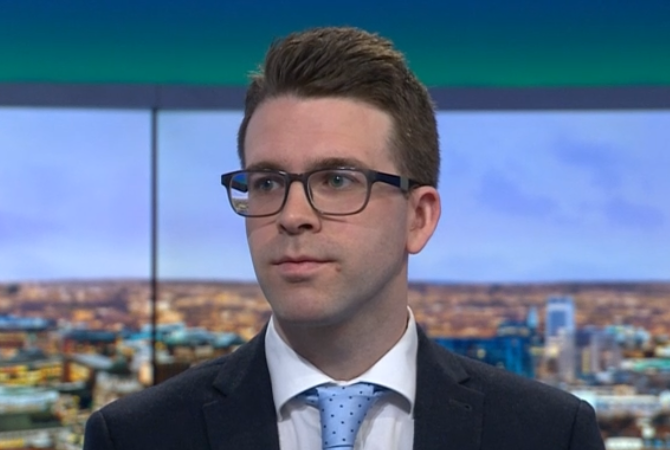Responding to today’s ONS labour market figures, Jonathan Boys, labour market economist for the CIPD, the professional body for HR and people development, comments:
“A familiar pattern is emerging: high nominal pay rises, accompanied by real terms pay cuts due to high inflation. Regular pay grew by 7.3%, the highest seen by the ONS since the time series began in 2001. However, real regular pay fell by a modest 0.8%. This dynamic will worry the Bank of England who fear a wage price spiral, but for individuals it’s cushioning the blow to living standards.
“Today’s figures are typical of the post-pandemic period. Unemployment, though increasing slightly, remains low. One in five people are economically inactive, meaning they are not seeking and available to work, and a large part of the recent increase is due to long-term sickness. The Chancellors last budget was focused on increasing labour supply and there are signs that we are turning the corner here. However, more must be done to help people with health challenges stay in employment or find suitable jobs if they’ve left the labour market. This means a focus on improving access to occupational health support and ensuring more jobs have the flexibility to support those with health conditions.
“There’s been a slight easing of recruitment and retention pressures. Increasing numbers of people are rejoining the labour market this quarter, perhaps in response to the cost-of-living crisis.”








